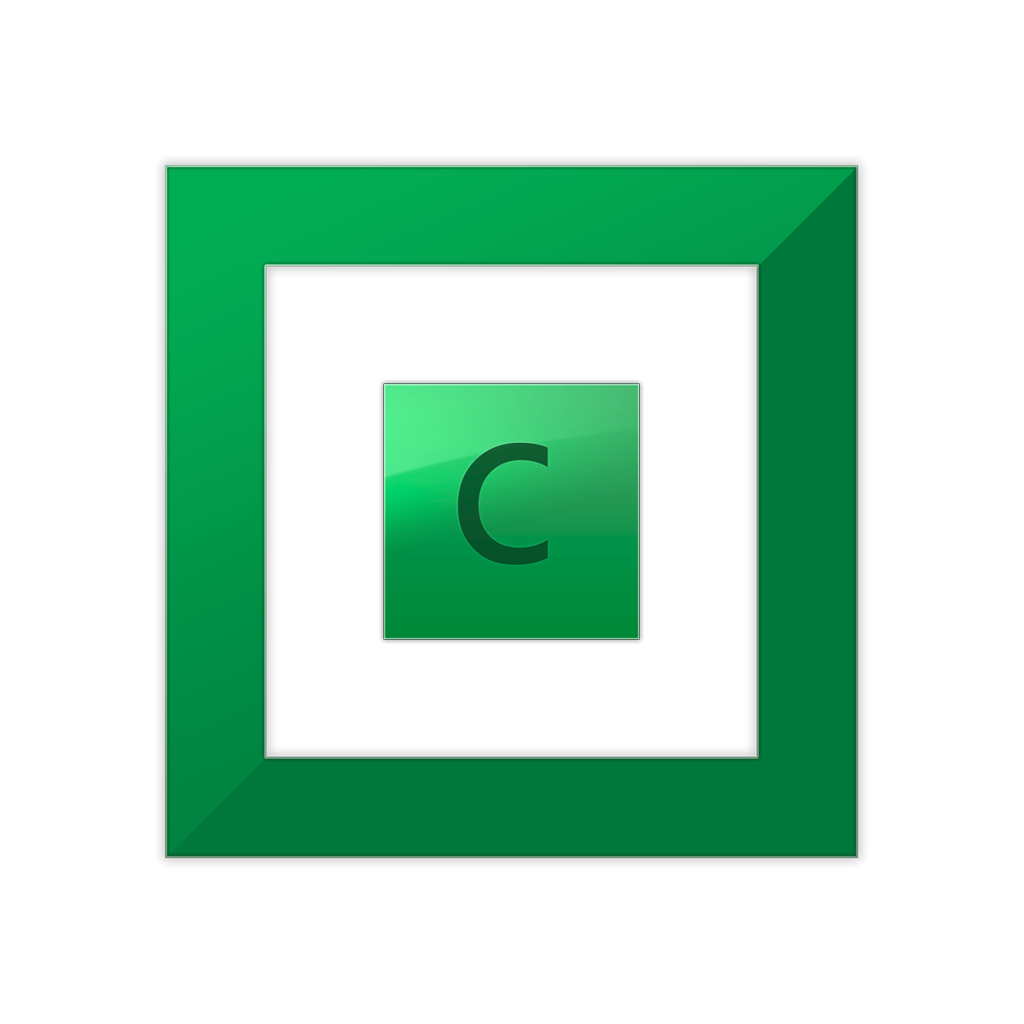Search the Community
Showing results for tags 'enclosure'.
-
Any way to change the measure-on-every-reconnect behavior?
jenesuispasbavard posted a question in General
So I've recently switched from a desktop setup with 3x 8TB HDDs storage and 1x 128GB SSD cache, to a laptop + eGPU setup with the same four drives in an external enclosure connected to the eGPU. Laptop is connected to eGPU through a single Thunderbolt 3 cable for charging and data, and the enclosure is connected to the USB-C port on the graphics card. Every time I shut down and turn on my laptop, or if I disconnect the TB3 cable and plug it back in (so basically every day after coming home from work), Drivepool starts measuring my entire 22TB pool from scratch, so I just have to wait until it's done (and it takes minutes). I understand that this is a safer approach because Drivepool doesn't know if the contents of the pool have changed from the last time it was "in touch", but in my case nothing else ever interacts with the drives; they're permanently plugged into the eGPU, which only connects to this laptop. Is there an option to disable this measuring every time I connect the TB3 cable? If not I may have to find another backup / pooling solution. Which sucks because I love Drivepool and the way I have it set up to distribute my essential files over three drives. -
I had maxed out my nearly 4 year old 8-bay Calvary enclosure (EN-CADA8B-SD) with 2TB drives and was beginning to have issues somewhere in the storage chain (eSATA port multiplier card, drivers, eSATA cables, Calvary enclosure, etc.). After troubleshooting off and on for a couple weeks or longer, I was ready to replace it with something less problematic that wasn't limited to 2TB drives. I didn't however want to spend half a grand for something that came with RAID functionality I knew I'd never use. For the time being, I wanted to continue using my existing drives and just replace the enclosure and connection to it. The enclosure was hooked to a Dell Inspiron 3847 (4th Gen Core i7, 16GB, running Win 8.1). Duties for the machine include Plex, Subsonic, DNS updating, Crashplan backups, Syncback backups from the web, and of course, storage. The machine sits out of sight in the basement, so going with something less pleasing to the eye was fine. I ended up going with a pair of Rosewill 4 drive cages and a couple of IO Crest SATA cards for connecting them to the Dell - which only has 2 PCI-e x1 slots and a single x16 slot. $45 for each of the Rosewills, and $34 each for the IO Crests and I was almost ready to go. The Rosewill cages came with SATA cables that were long enough to reach from the inside of the case to the cages sitting right behind the Dell. Power to the cages was supplied by an extra power supply I had lying around. A quick short from the green wire to any black one will make the power supply think it's hooked to a motherboard and power on. I used a paper clip to accomplish that. If you go this route, keep in mind you'll need about 10w for each drive to be on the safe side for power requirements. If you're interested in doing something like this, what you get is four drives worth of connectivity for about $80. There's no port multiplier functionality going on, one drive connects to one port on a card. If you have extra SATA ports, you can skip the card purchase. If you have extra molex power connectors for the Rosewill cages, you can go a little less ghetto than I did and skip the power supply lying on the desk. You are limited in performance to what a PCI-e x1 slot can handle (about 240MB/sec if I remember correctly), which seems fine, but remember, you're running four drives off of that, and 240MB/sec is theoretical. Real world performance will be lower. All in all, I definitely consider it a win. For not much out of pocket, I replaced the Calvary, gained the ability to use larger drives, and also the ability to buy another card and cage for a total of 12. Not bad for an initial outlay of about $160 out of pocket. Hope this helps someone out there looking to do something similar.

